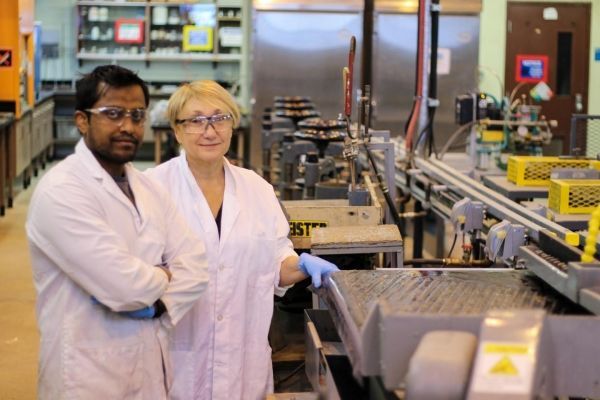UBC researchers have perfected a process to efficiently separate fibreglass and resin – two of the most commonly discarded parts of a cellphone – bringing them closer to their goal of a zero-waste cellphone.
It’s one of the first processes to use simple techniques like gravity separation to cleanly lift organic resins from inorganic fibreglass.
“Discarded cellphones are a huge, growing source of electronic waste, with close to two billion new cellphones sold every year around the world and people replacing their phones every few years,” said UBC mining engineering professor Maria Holuszko, who led the research. “The challenge is to break down models that can no longer be reused into useful materials–in a way that doesn’t harm the environment.”
Most e-waste recycling firms focus on recovering useful metals like gold, silver, copper and palladium, which can be used to manufacture other products. But nonmetal parts like fibreglass and resins, which make up the bulk of cellphones’ printed circuit boards, are generally discarded because they’re less valuable and more difficult to process. They’re either fed to incinerators or become landfill, where they can leach hazardous chemicals into groundwater, soil and air.
Read more at University of British Columbia
Image: UBC researchers have perfected a process to efficiently separate fiberglass and resin -- two of the most commonly discarded parts of a cellphone -- bringing them closer to their goal of a zero-waste cellphone. (Photo credit: Clare Kiernan, UBC)


